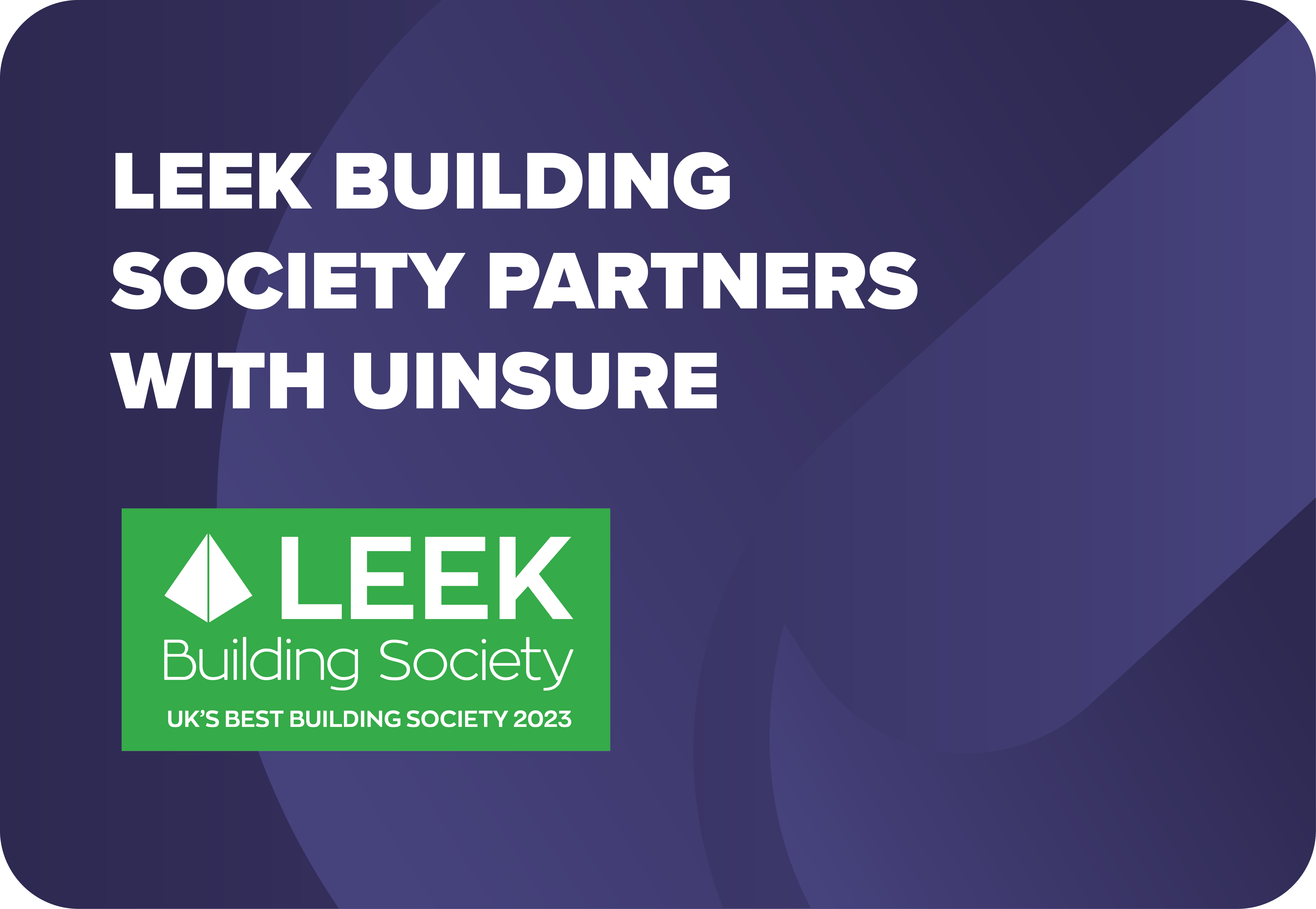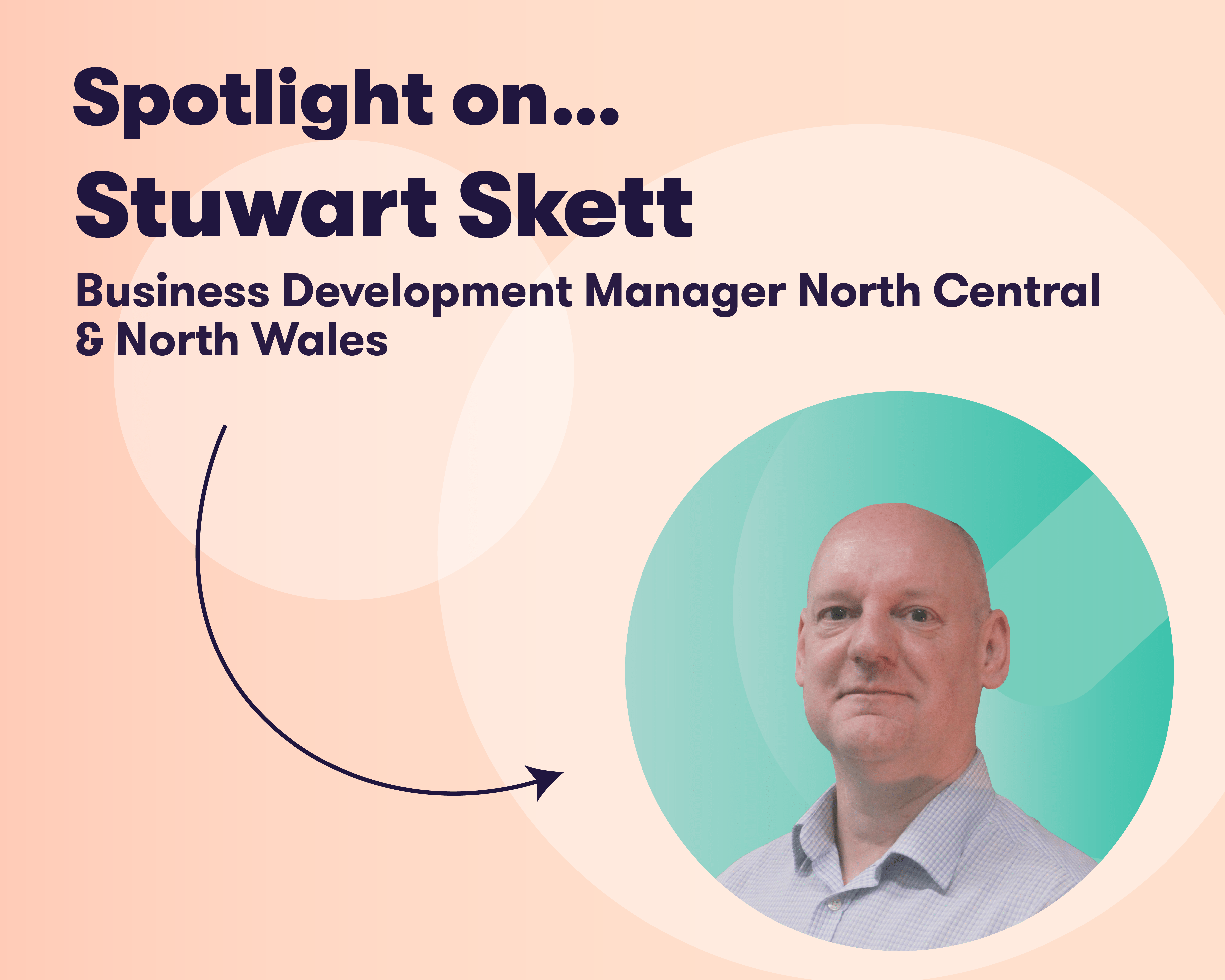Nottingham Building Society partners with Uinsure to provide home insurance quotes in as little as 60 seconds
Nottingham Building Society has today announced a partnership with leading insurance technology firm, Uinsure, to provide seamless home insurance quotes in as little as 60 seconds.
Members will be able to obtain a home insurance quote through one of the quickest platforms available on the market online and within a minute in branch.
The innovative solution streamlines the application process and requires customers to enter three simple criteria: their name, date of birth and postcode. Powered by the Manchester-based insuretech, the partnership will grant Nottingham Building Society’s members access to a product which uses quotes from leading UK insurers, all competing to offer the most competitive price on Uinsure’s 5-star Defaqto rated policy.
The cheapest quote is then presented to members, ensuring they receive the best value policy that meets their needs.
Commenting on the partnership, Sue Hayes, CEO at Nottingham Building Society, said: “Our purpose has always been to make homeownership as easy and achievable a process for the UK public as possible. This collaboration with Uinsure enables us to offer potential homeowners and existing members the peace of mind that their property is protected against unexpected losses or damage.
“By leveraging cutting-edge technology, we’ve simplified the insurance process during a time where expenses continue to rise and the cost-of-living crisis remains front of mind.” Uinsure provide comprehensive home insurance policies that includes up to £1m of buildings protection, £75K or £100K contents cover and accidental breakage of technology equipment; landlords can also benefit by insuring rental properties.
Martin Schultheiss, Uinsure Group Managing Director, concluded: “We’re delighted Nottingham Building Society has selected us as its new insurance partner, allowing its members to access our seamless insurance technology to arrange their cover at the right time alongside their mortgage applications.
“Our mission is to remove the complexities from insurance by leveraging technology and data to make insurance quotes more convenient and accessible nationwide. The team have worked tirelessly to expand our partner network, which is an essential in allowing us to achieve our goals, this partnership underlines the trust leading building societies have placed in us to deliver excellent insurance experiences for their Members.”
For more information, please visit www.thenottingham.com











